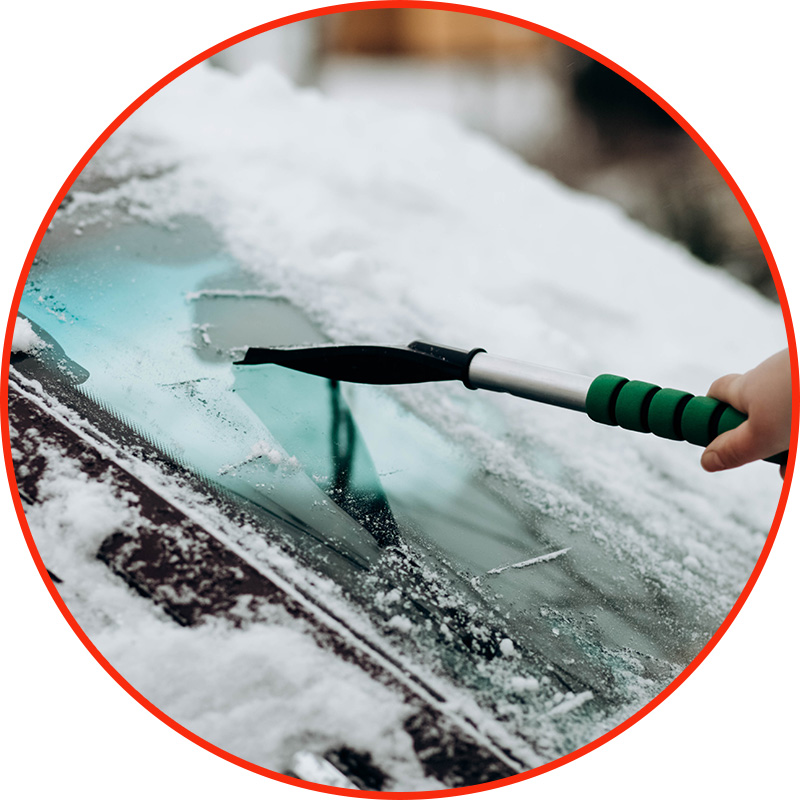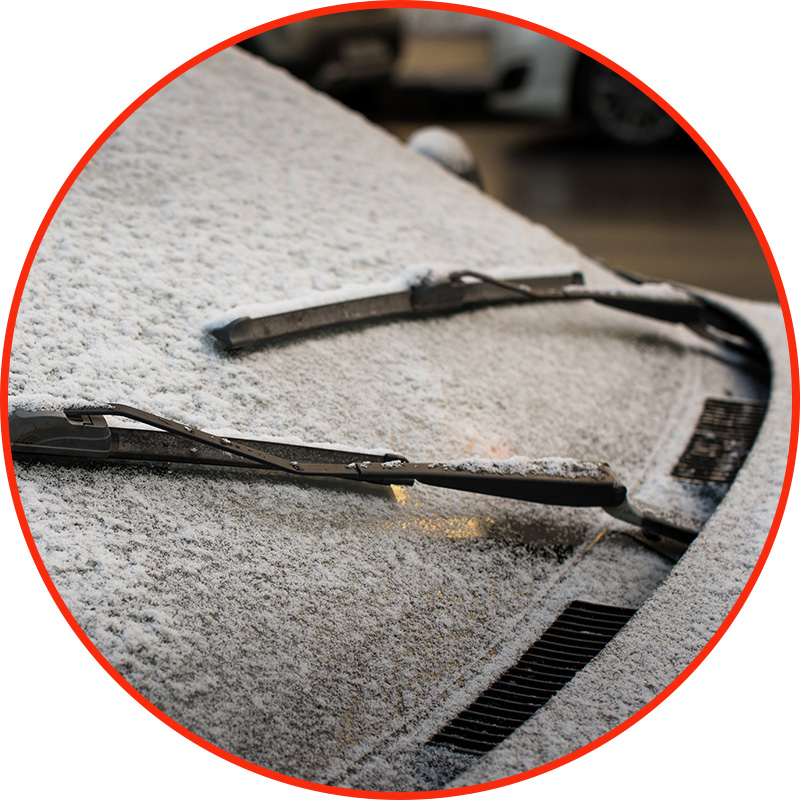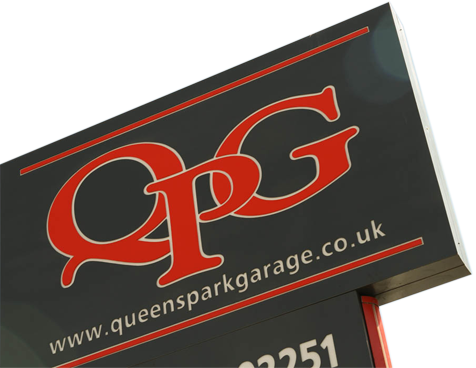How to Safely De-Ice Your Car in Winter
The UK is renowned for its cold, damp weather – all the way through the year! But our Winters can be especially cold, which, when mixed with rain causes ice. Many of us are accustomed to waking up in the morning and allowing time to de-frost the car, however, it can also be a bit of a headache and when we are rushing, might not get done properly.
For example, if there is a sheet of ice sat on the roof of your vehicle and you drive away without realising – it could fall onto the vehicle behind your car or injure a pedestrian. You could also damage your own vehicle if you try to de-ice your windscreen with your wipers or pour boiling hot water over the glass to try and get rid of the ice.
Top Tips for Safely De-Icing Your Vehicle
Turn your vehicle on first and let it warm up before you drive. This helps to make sure that the parts are warm before you start moving and gives the car a chance to naturally warm through some of the ice on the surface, and also defrost any frozen fluids under the bonnet.
Use anti-freeze in your coolant and washer fluid. Most coolant and washer fluid products you can buy today, have anti-freeze in already to help prevent the liquid freezing when it gets cold. Well worth it to prevent any icy damage to the car and to save time defrosting your vehicle in future.
Use an ice-scraper. These can be easily purchased from most petrol stations or car equipment stores and are usually fairly inexpensive. They are ideal for safely scraping the ice from your windows and helpful if you’re in a rush. Scrapers are specifically designed for this job and will prevent scratches to your glass and paintwork.
Use de-icer spray. This amazing stuff is designed to melt ice quickly and efficiently without damaging your vehicle. It also makes the job of removing the ice less effort, so it is recommended to keep a can in the car just in case.
Make sure to don’t miss a bit. Did you know, if your windscreen is not completely clear and causes you to have limited visibility, you could face a fine? Don’t risk it – make sure your windscreen is clear before you travel.

What Not To Do When De-Icing Your Car
Don’t use your windscreen wipers. Your wipers are not designed to remove ice and could become damaged if you try to use them to clear the windscreen. You should usually change your wipers every 6 to 12 months, but you could end up changing them sooner if you try to use them to scrape ice from your car.
Don’t pour boiling water over your car. Science dictates that if you make glass which is very cold, very hot too quickly, it could crack. Whilst the glass used in our vehicles is strong, it is still vulnerable to damage. So, to avoid having to replace your windscreen, it is best to buy a de-icer spray instead.
Do not use salt water. There is a rumour that you can apply saltwater spray to your vehicle to help clear ice. However, the salt will corrode your paintwork very quickly and be more hassle than it is worth. Buy a de-icer spray instead.
Do not leave your car unattended. However safe you may feel when you have started up your car to warm up in the morning, if you leave the car on with the keys in the ignition and then you disappear back into your home or wherever you are – your vehicle could be stolen in the time it takes for you to get to the kitchen and back. So if you are not in a secure place whilst de-icing your car – make sure you take all the things you need with you prior to starting the de-icing. If you need to take warm water, just in case, use a plastic container to transport the recently boiled water and any you don’t use can be poured away and will save you going back into the house before you set off on your journey. Simply return your plastic container when you return home.

How to Un-Freeze a Lock
If your car door is frozen and locked shut, you can loosen it by pouring over hot water. Make sure that you allow time – at least 10 minutes – for the water to cool before pouring directly over your car door. This should help to warm the area and free the handle or lock.
What to Do When You Own a Diesel
Sometimes, diesel engines don’t cope very well with the cold. When you start the ignition in your car when it’s cold, you will see a symbol light up on the dash that looks like a coil - this represents your glow plugs heating up. When this light has turned off, it means the car is warm and ready to go so that when you turn the key, the ignition coils will ignite the fuel and you can start your journey.
If starting the engine is still difficult in the cold, it might be sensible to take the car in for a service. A new fuel filter may well cure the problem.

How Queens Park Garage Can Help
You can bring in your vehicle for a free 10-point check at QPG to ensure your car is ready for Winter. If you need advice on looking after your car in the colder months, please feel free to give us a call on 01202 216104 and make sure that you are also pre-booked for your next MOT and service, to help put your mind at rest. We hope you stay safe this Winter.






